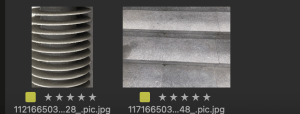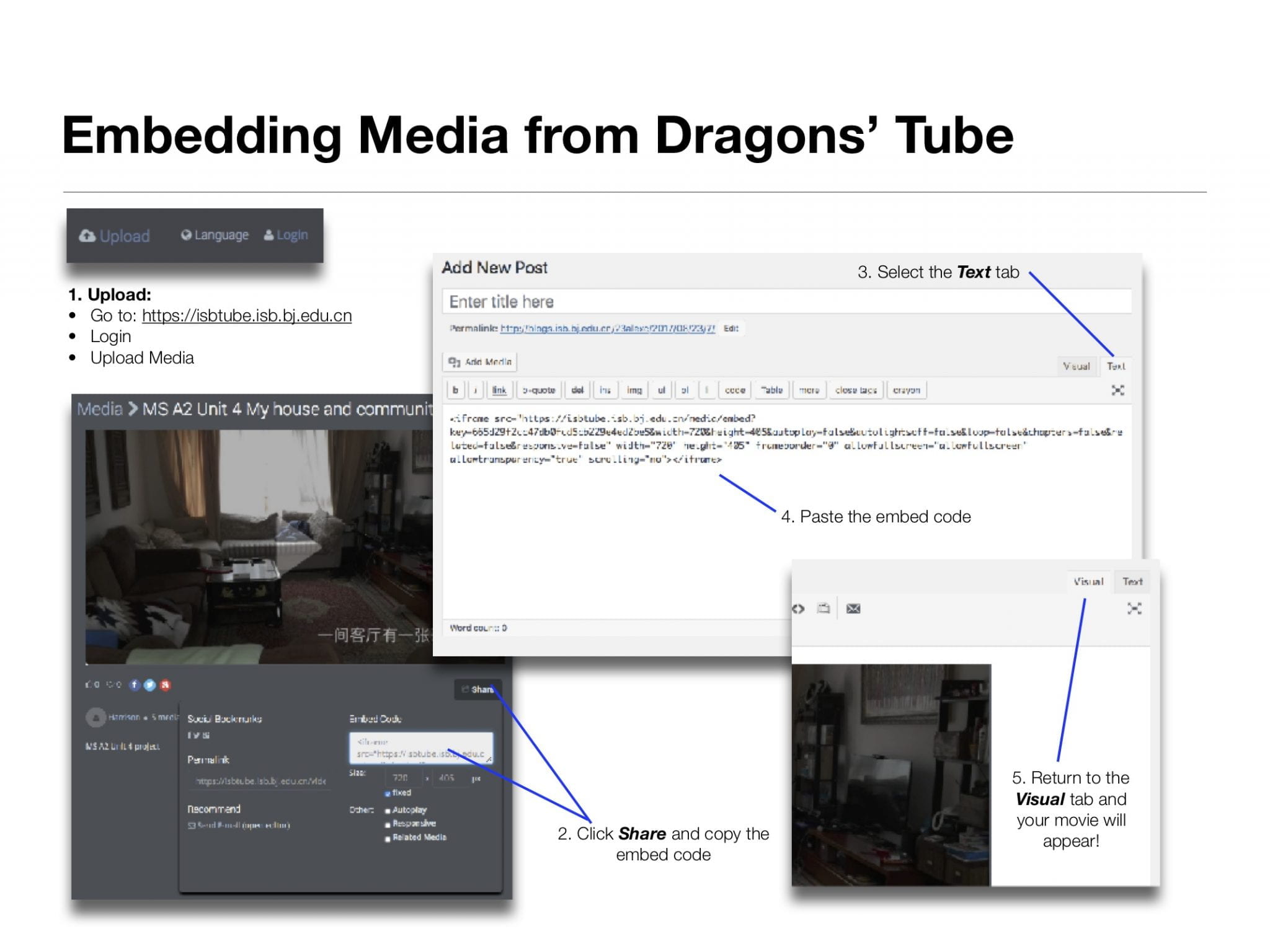For my second set of the identity project, the artist that I would like to choose is David Lazar.
The photographer took images of different people when traveling to different places, and he successfully captured their expressions (especially the eyes—most of the time the subject is looking directly into the camera). His message is to capture the beauty of many places that he traveled to, mostly through the people living there. Occasionally, he will shoot portraits of animals and landscapes to reflect the place’s beauty.
David Lazar’s style is that he shoots usually when others are looking directly at the camera. The light always stays on the subject’s face, often greatly highlighting the eyes. There is some, but not much, body movement, and the facial expressions are usually very calm or smiling. However, most of his subjects are just calmly looking into the camera. The faces can still be very powerful even though the subjects are not smiling.
His photographs really inspire me, because it shows me that light is very important, it conveys more meaning when the light is on the eyes, and it is ok to use not that much body movement and it is also ok to let my subjects remain calm and not smile. I am going to cast light on my subjects during my experiments when my subject is looking directly at the camera, and not capture that much body movement.

This is one of the most famous photographs shot by David Lazar. In the picture, a boy is hiding among the green foliage. His eyes are green like the leaves all around him, and there is also green paint on his face. The eyes are the most memorable from this photograph, the light really highlights their beauty, and the shadows are on the leaves behind him. The lines on the leaves closest to the camera is very clear, so are the lines on the leaves behind the boy. The photographer also portrayed the leaves close up to the camera larger than the leaves further away.

This photograph portrays a girl that David Lazar met during his travels. She was playing with her friends in their village in Bangladesh when David Lazar paid his visit to their hometown. This photo was shot outside of the girl’s home on the front steps, in the shadow of the roof. She rested on her shoulders as she was hugging her knees, with a calm facial expression. Sunlight rested on her face as she looked into the camera, highlighting her eyes.

This is one of the other girls that David Lazar met. Her upper body was wrapped in red cloth with golden outlines of flowers on it. Her sharp eyes stared straight into the camera, and her face was very calm. The background behind her was dark, and light was resting on her face. This image clearly shows the contrast between light and dark, and is a very good inspiration for shooting portraits.

This image is different from the other ones by Lazar because the girl in the image is looking away from the camera. We can see clearly that her eyes seem sad and depressed as she stares straight ahead of her, thanks to the sunlight that highlights her eyes. There are lots of decoration around her neck, and her clothes has a bright shade of red. She leans against very simple branches that are horizontally alines, a few even hang before her eyes, forming a stark contrast with her clothes and the decorations around her neck.

The girl in the image is wearing a pink jacket, and there is a yellow headscarf around her head, and a strand falls down on her right shoulder. A streak of red paint apparent between her eyebrows. She is looking directly into the camera, and sunlight falls directly on her large brown eyes, casting a shadow on her right hand. Her jacket is also a bit dark with her shadow on it. This shows direct light and dark contrast, with light on her face and shadows on her hand and jacket.



















































